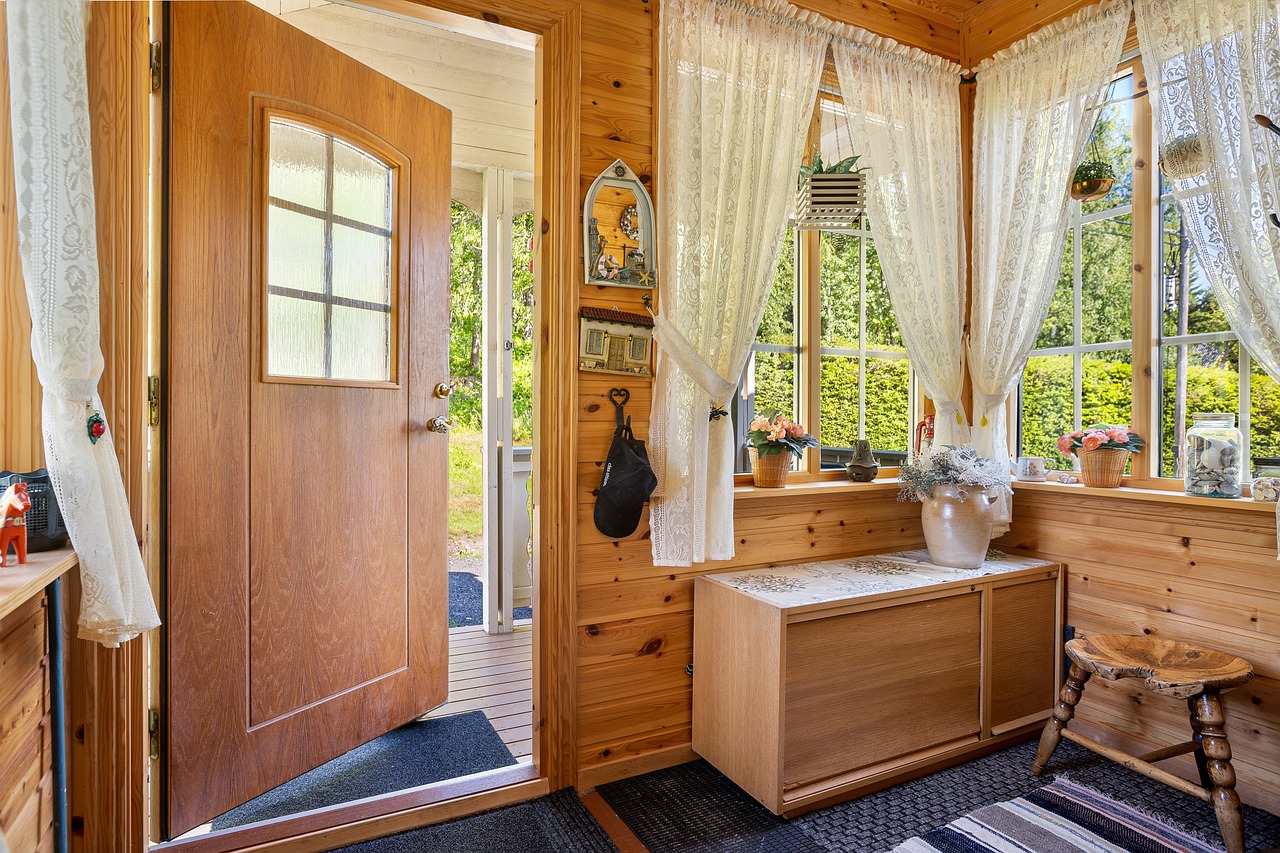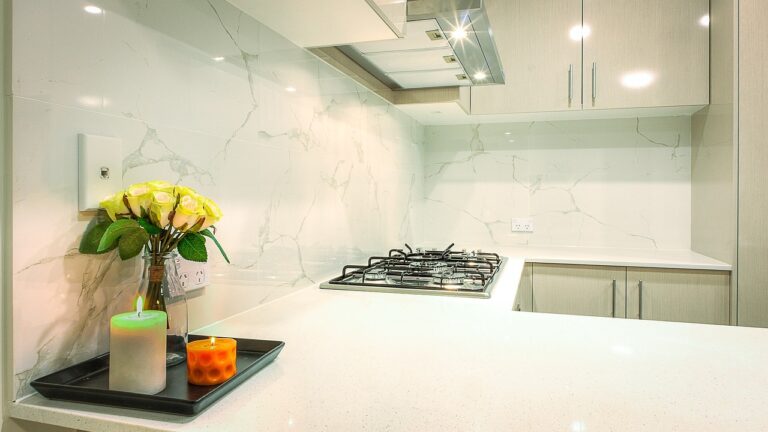Weather Stripping for Cooperative Health Clinics: 11xplaylogin, King567 sign up, Skyinplay
11xplaylogin, king567 sign up, skyinplay: Weather Stripping for Cooperative Health Clinics
As cooperative health clinics strive to provide the best services to their patients, it is imperative to ensure that the clinic buildings are well-maintained and energy-efficient. One crucial aspect of building maintenance that often gets overlooked is weather stripping. Weather stripping plays a vital role in keeping the clinic building comfortable for patients, staff, and visitors. In this article, we will delve into the importance of weather stripping for cooperative health clinics and how it can enhance the overall health and well-being of everyone in the clinic.
What is Weather Stripping?
Weather stripping refers to a material used to seal the openings in windows and doors to prevent air leaks. It helps in maintaining a consistent temperature inside the building, improves energy efficiency, and reduces utility bills. Weather stripping also helps in keeping out dust, pollen, and other outdoor pollutants, thereby creating a healthy indoor environment.
Importance of Weather Stripping for Health Clinics
1. Energy Efficiency: Weather stripping helps in reducing energy consumption by preventing air leaks. It ensures that the heating and cooling systems in the clinic operate efficiently, thereby lowering energy bills and reducing the clinic’s carbon footprint.
2. Comfort: Proper weather stripping creates a more comfortable environment inside the clinic by maintaining a consistent temperature. Patients and staff can enjoy a comfortable atmosphere while receiving or providing healthcare services.
3. Air Quality: Weather stripping helps in keeping out outdoor pollutants such as dust, pollen, and allergens, thereby improving indoor air quality. This is especially important in health clinics where clean air is essential for patients with respiratory conditions.
4. Soundproofing: Weather stripping also helps in reducing noise from outside sources, creating a quieter and more peaceful environment inside the clinic. This is beneficial for patients who require a calm and serene setting for their healthcare needs.
5. Protection: Weather stripping helps in protecting the clinic building from moisture infiltration, which can lead to mold growth and structural damage. By sealing off openings, weather stripping ensures that the building remains dry and structurally sound.
6. Cost-Effective: Investing in weather stripping is a cost-effective way to improve the overall efficiency of the clinic building. It is a one-time investment that can result in long-term savings on energy bills and maintenance costs.
How to Choose the Right Weather Stripping
When it comes to selecting weather stripping for cooperative health clinics, there are several factors to consider:
1. Material: Weather stripping is available in various materials such as foam, rubber, vinyl, and metal. Choose a material that is durable, flexible, and resistant to wear and tear.
2. Installation: Consider the ease of installation of the weather stripping material. It should be easy to install and provide a tight seal around windows and doors.
3. Energy Efficiency: Look for weather stripping materials that are energy-efficient and capable of reducing air leaks effectively.
4. Durability: Choose weather stripping that is durable and can withstand the rigors of daily use in a busy health clinic.
5. Cost: Consider the cost of the weather stripping material and installation. Look for options that offer a good balance between cost and quality.
Tips for Weather Stripping Installation
1. Clean and Prepare Surfaces: Before installing weather stripping, make sure to clean and prepare the surfaces of windows and doors to ensure a proper seal.
2. Measure and Cut: Measure the length of weather stripping needed for each window and door, and cut it to the appropriate size using a sharp utility knife.
3. Install Properly: Follow the manufacturer’s instructions for installing weather stripping to ensure a tight seal and maximum effectiveness.
4. Test for Leaks: After installation, test for air leaks by holding a lighted candle near the window or door. If the flame flickers, it indicates a leak that needs to be sealed.
5. Regular Maintenance: Inspect weather stripping regularly for signs of wear and tear, and replace it as needed to maintain its effectiveness.
FAQs
Q: What are the benefits of weather stripping for cooperative health clinics?
A: Weather stripping provides energy efficiency, comfort, improved air quality, soundproofing, protection against moisture infiltration, and cost-effectiveness for health clinics.
Q: How often should weather stripping be replaced?
A: Weather stripping should be inspected regularly for signs of wear and tear and replaced as needed. It is recommended to replace weather stripping every 3-5 years for optimal effectiveness.
Q: Can weather stripping be installed by non-professionals?
A: Yes, weather stripping can be installed by non-professionals with basic tools and DIY skills. However, if you are unsure about installation, it is best to seek professional help for a tight and effective seal.
Q: Are there different types of weather stripping available for health clinics?
A: Yes, there are various types of weather stripping materials such as foam, rubber, vinyl, and metal. Each material offers unique benefits in terms of durability, flexibility, and energy efficiency.
In conclusion, weather stripping plays a crucial role in maintaining the comfort, energy efficiency, and overall well-being of cooperative health clinics. By investing in quality weather stripping materials and ensuring proper installation, clinics can create a healthier and more sustainable environment for patients, staff, and visitors. Remember, a well-sealed clinic building is a healthier clinic building.







